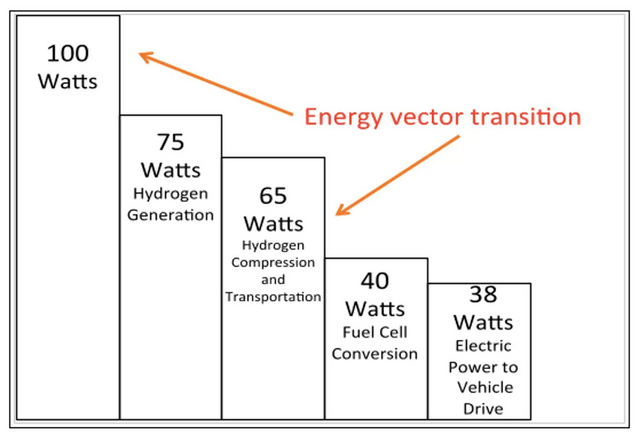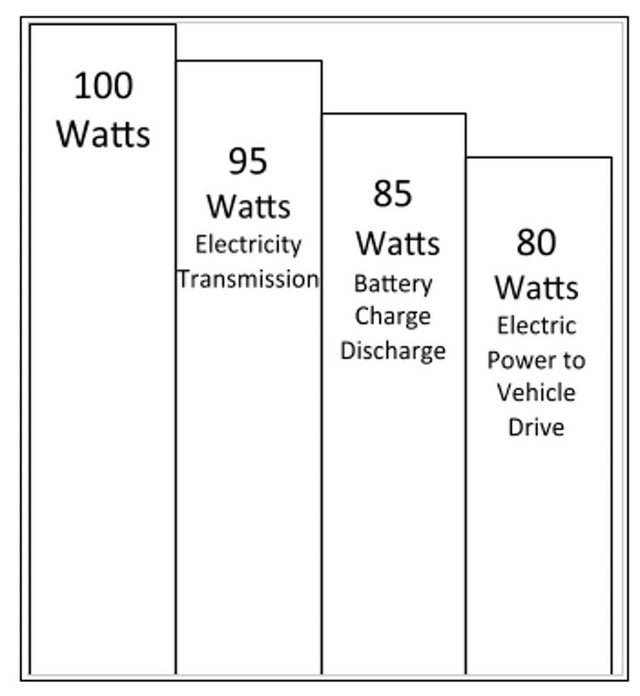Hydrogen Fuel is Getting Buzz, But Here’s Why It Hasn’t Gone Mainstream
A decade back it seemed that electric and hydrogen cars were the best contenders to replace our gas guzzling vehicles. Hydrogen cars or FCEV's seemingly had a host of benefits over their gasoline powered counterparts. One full tank of hydrogen in a FCEV could last for around 600 kilometers without any of the noxious emissions. Hydrogen cars seemed as the perfect step towards a greener future.
Fast forward to 2020 and even today, the promise of FCEV's is a distant dream. Conventional electric cars or BEV's have taken the world by storm, thanks to the efforts of companies like Tesla. By the end of 2019, there were only 7,500 FCEV's operational around the world, while the number of BEV's has grown steadily to 5 million units. So what exactly is going wrong for hydrogen cars?
Hydrogen cars utilise fuel cells to generate power through an electrochemical reaction where hydrogen and oxygen combine to produce electricity, heat and water. Since elemental hydrogen is not freely available on Earth, we must expend some energy to obtain it. Let's take 100 Watts of electricity produced by a renewable source like photovoltaic cells and use it to power a electrolytic reaction to generate hydrogen from water. Typically this process has a 75% efficiency so we lose one quarter of the total energy we started with.
Once we obtain the hydrogen, it has to be compressed, chilled and transported to a filling station, a process that is 90% efficient. Once inside the vehicle, the hydrogen is converted into electricity through a process that is 60% efficient. Finally, the conversion of electric energy into mechanical energy by the car's motor is 95% efficient. Combine this and we are left with only 38 Watts of the original 100 Watts that we first started with.

Electric vehicles or BEV's on the other hand utilise electricity which is usually stored in a Li-ion battery. Assuming a 5% transmission loss to get the electricity to the car, 10% loss on account of constant charging and discharging of the batteries and a 5% loss in converting the electric energy into mechanical, we are still left with 80 Watts of the original 100 that we started with. In short FCEV's require double the energy needed to run BEV's.

While Hydrogen might be more attuned for large trucks, ships or airplanes, they are surely not suited for small private cars.